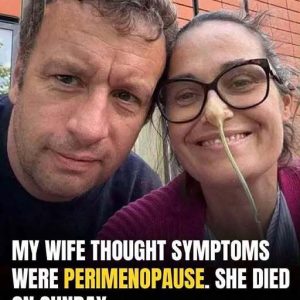Visible veins are often nothing to worry about. They can simply reflect low body fat, genetics, aging, or high physical activity. In athletes, for example, prominent veins sometimes signal good circulation and low fat levels. But while many vein changes are benign, a sudden increase in visible veins—especially when accompanied by other symptoms—can hint at underlying vascular problems.
One of the more common causes of problematic veins is chronic venous insufficiency (CVI), which develops when the valves inside veins weaken or fail. Instead of blood flowing back toward the heart, it pools in the legs. Over time, this can lead to swelling, skin discoloration, aching, heaviness, and even leg ulcers. Varicose veins—twisted, enlarged superficial veins—often overlap with CVI. Initially, varicose veins may be mostly cosmetic, but if left untreated, they can worsen and contribute to symptoms of CVI. (MSD Manual)
A more urgent concern is deep vein thrombosis (DVT), where a blood clot forms in a deep vein (often in the leg). DVT can cause pain, swelling, redness, and warmth. If part of a clot breaks off, it may travel to the lungs and cause a pulmonary embolism, which is life-threatening. Visible veins with sudden swelling or other alarming symptoms merit fast medical evaluation.
Not all causes of visible veins are pathological. Hormonal shifts (pregnancy), prolonged standing or sitting, obesity, and family history all play a role in making veins more prominent. To protect vascular health, doctors often recommend lifestyle measures: regular exercise, elevating legs, wearing compression stockings, avoiding long periods of immobility, maintaining healthy weight, and seeking evaluation if warning signs (pain, swelling, skin changes, ulcers) arise.
If you notice veins that change rapidly in appearance, or experience discomfort, swelling, discoloration, or open sores, that’s your cue to consult a health professional. Early detection and intervention can prevent complications and preserve vascular function.





